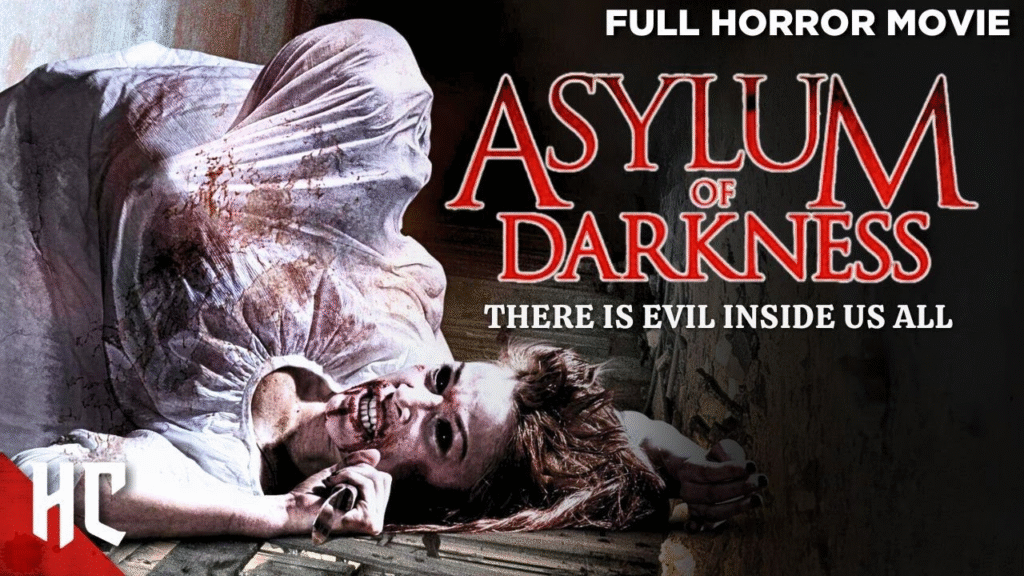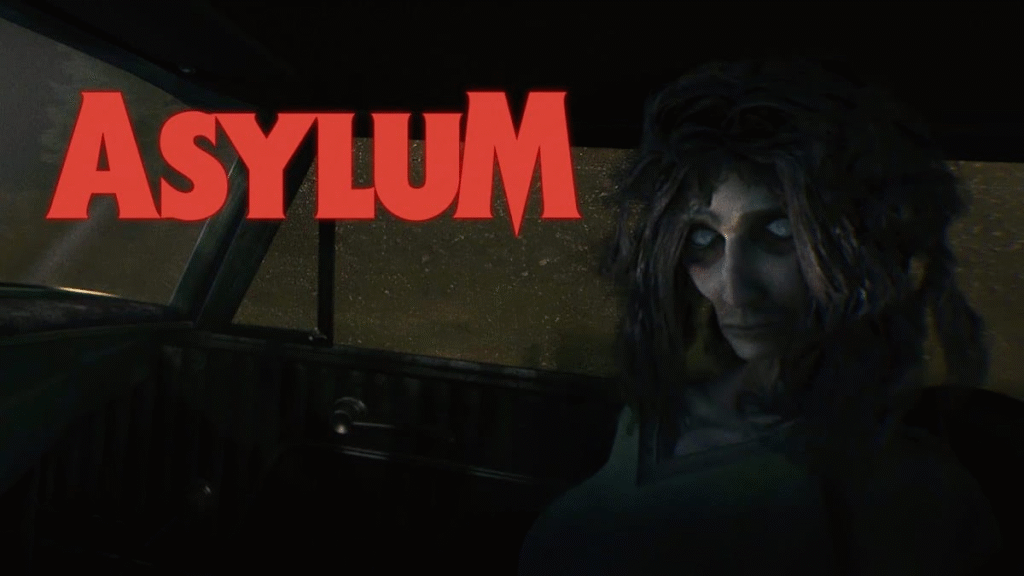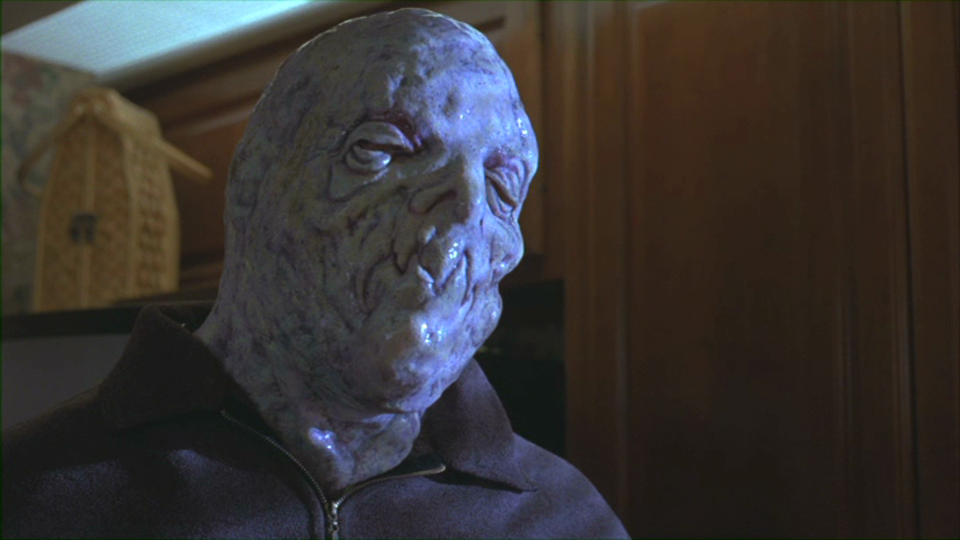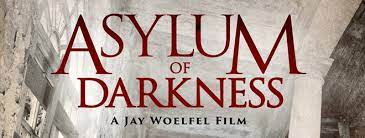In the pitch-black corridors of Asylum of Darkness, reality itself becomes your most unreliable narrator. Director James R. Harris (a newcomer with a taste for psychological terror) crafts a claustrophobic descent into paranoia and dread that echoes the slow-burning unease of The Shining while carving out a distinct, sinister identity all its own.

At the film’s core is Vera Farmiga as Dr. Meredith Harlan, a haunted psychiatrist sent to a long-abandoned mental institution in the Appalachian wilderness. Her mission is clear: evaluate one final patient—an emaciated, wide-eyed man who insists the asylum is alive. What begins as professional curiosity quickly unravels into existential horror as the walls of the asylum close in with metaphysical malice.
Farmiga is, as always, a master of emotional complexity. Her Meredith is brilliant, composed, and clearly suppressing a trauma she refuses to name. Watching her steady veneer peel away with each whispered hallucination, each impossible room, each blood-slicked vision—it’s a performance that grips without spectacle. Farmiga doesn’t scream her fear—she bleeds it in silence.

The film’s strength lies in its atmosphere. The asylum isn’t just a setting—it’s a character. The flickering lights, water-stained ceilings, groaning pipes, and impossible architecture (one hallway loops infinitely back on itself) all contribute to a sense of dread that never relents. The cinematography uses shadows like paint, and the sound design—oh, the whispers—crawls into your ears like insects.
One of the most arresting sequences comes midway through: Meredith, in pursuit of a missing patient, finds herself walking through an abandoned therapy room that seamlessly shifts into her childhood bedroom. Furniture warps. Her voice echoes backward. A record player spins a session tape where she hears herself scream a name she doesn’t remember ever knowing. It’s a surreal, terrifying moment that showcases the film’s dreamlike structure.
The narrative, however, does stumble. The deeper the film goes into its mythos—ancient rituals, sentient architecture, transdimensional trauma—the more it risks alienating viewers who crave clarity. The third act, in particular, feels more like a fever dream than a payoff. The revelations are opaque, and the final showdown between Meredith and the asylum itself is more symbolic than satisfying. Still, that abstraction may be the point: in a place ruled by madness, resolution is an illusion.

Supporting characters are largely archetypal—an empathetic nurse with a secret, a deranged priest-turned-orderly, a mute girl who draws her nightmares—but they serve as mirrors to Meredith’s unraveling. Only Malcolm Barrett, playing the enigmatic patient who claims the asylum speaks to him, rises above the fog with a performance that’s both terrifying and tragic.
What elevates Asylum of Darkness beyond typical horror is its practical effects. There’s minimal reliance on CGI, and it shows. Flesh that peels like wallpaper, eyes that bleed moths, walls that breathe—it all feels tactile, real, and nauseating in the best possible way.
🎯 Verdict: 7.8/10
Asylum of Darkness may not offer easy answers, but it offers a relentless, intoxicating trip into the abyss of trauma and perception. It’s a slow spiral into hell wrapped in whispered secrets and blood-soaked dreams. Think Session 9 meets The Babadook, filtered through Lynchian madness.

“The asylum doesn’t trap you… it shows you what you’ve always been running from.”
If you’re brave enough to go in, don’t expect to come out the same.



